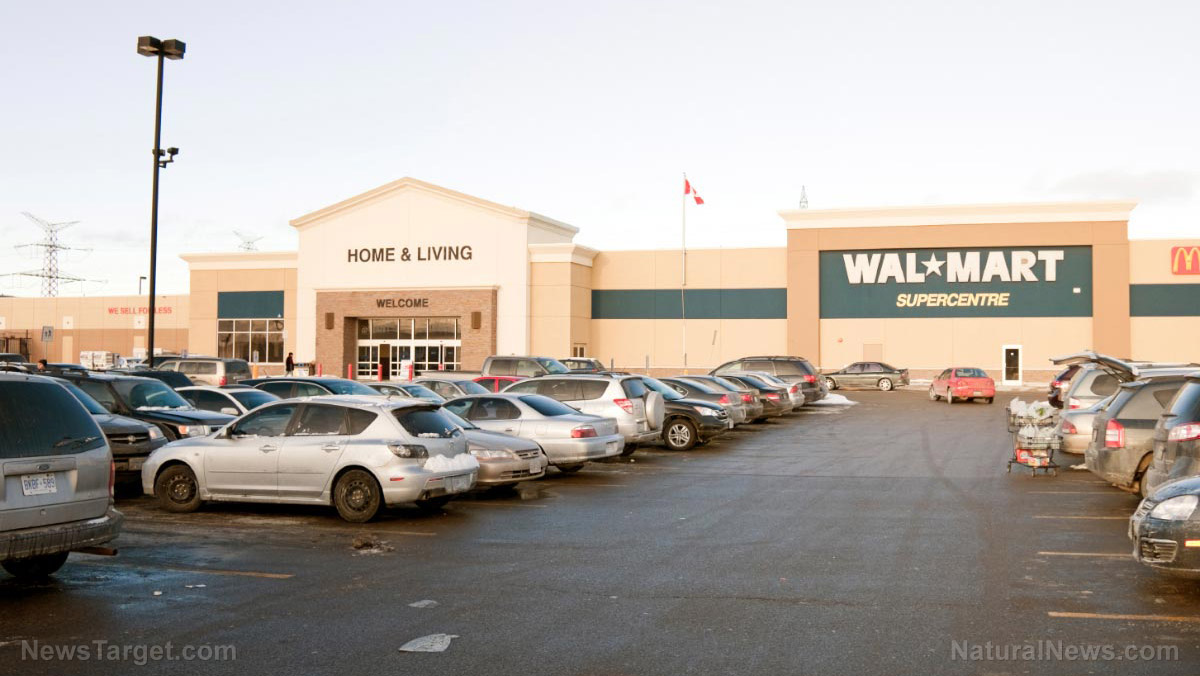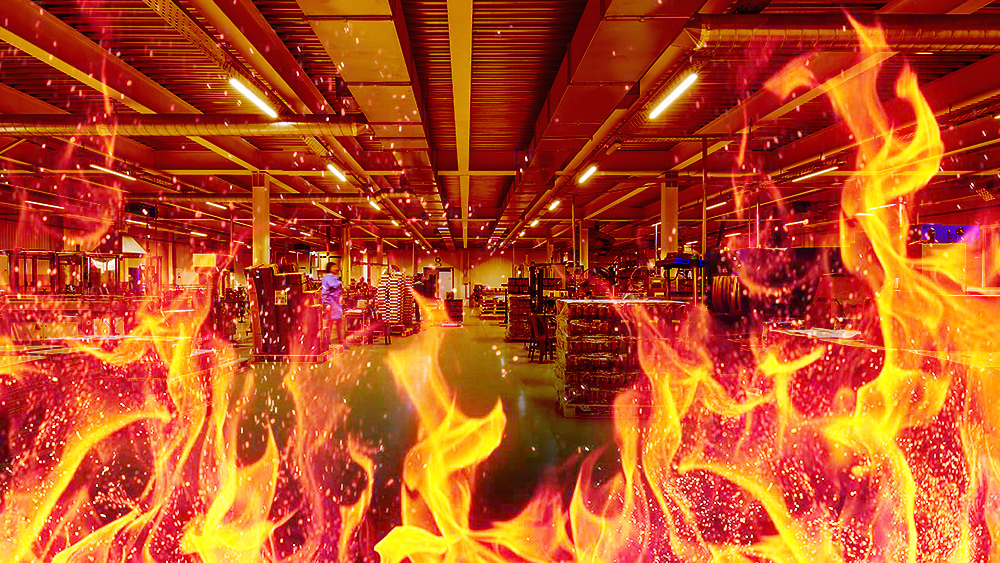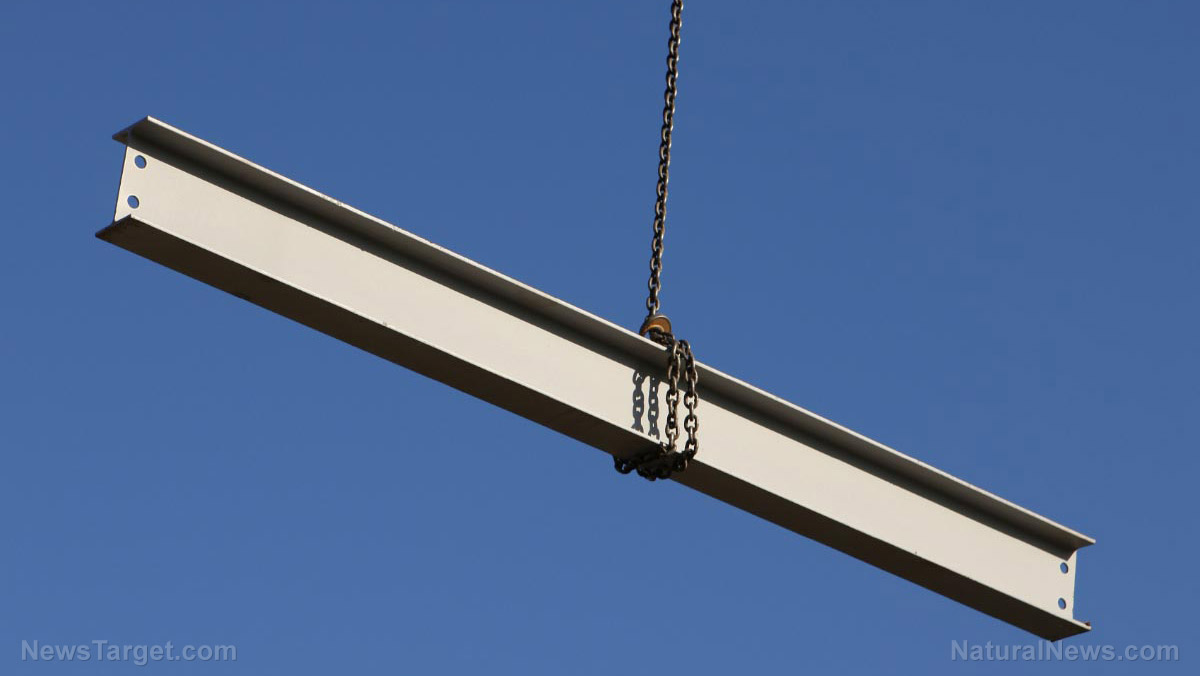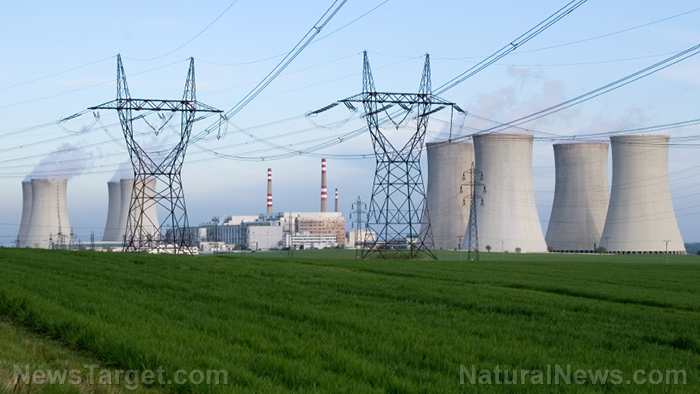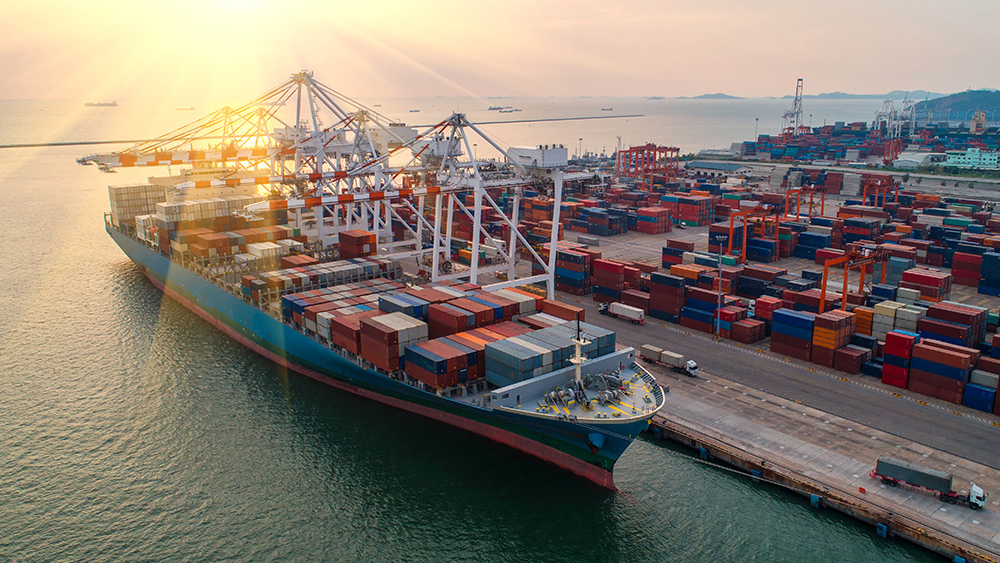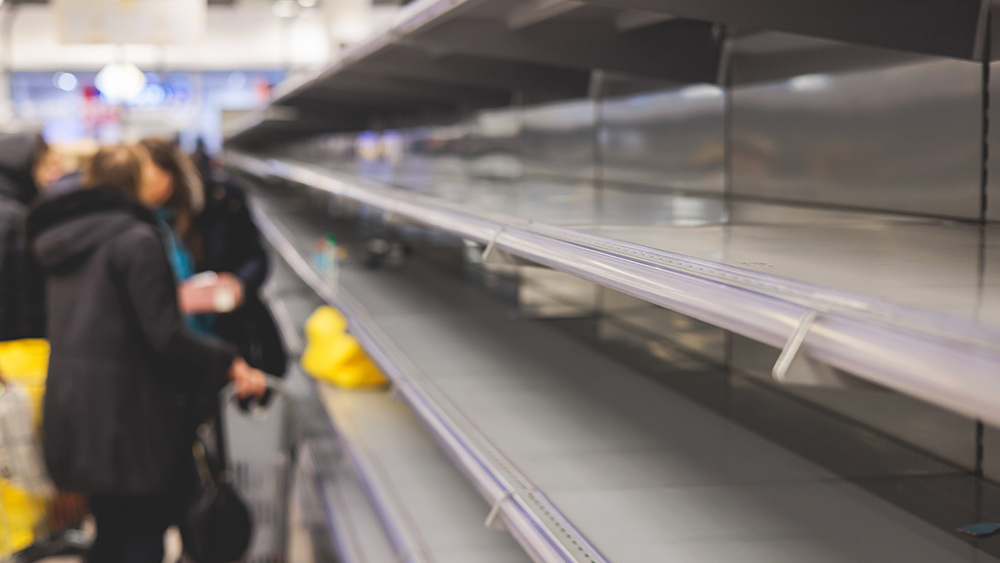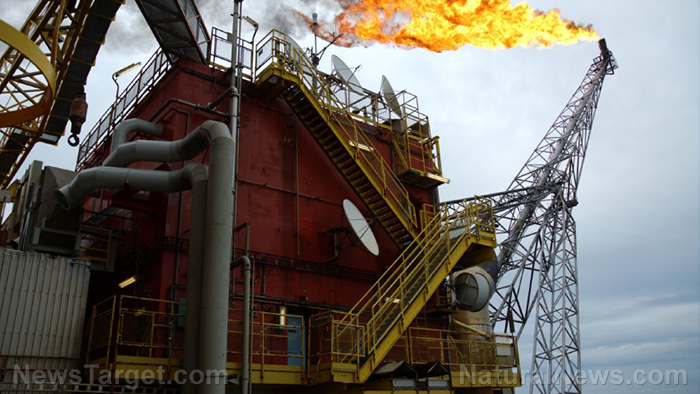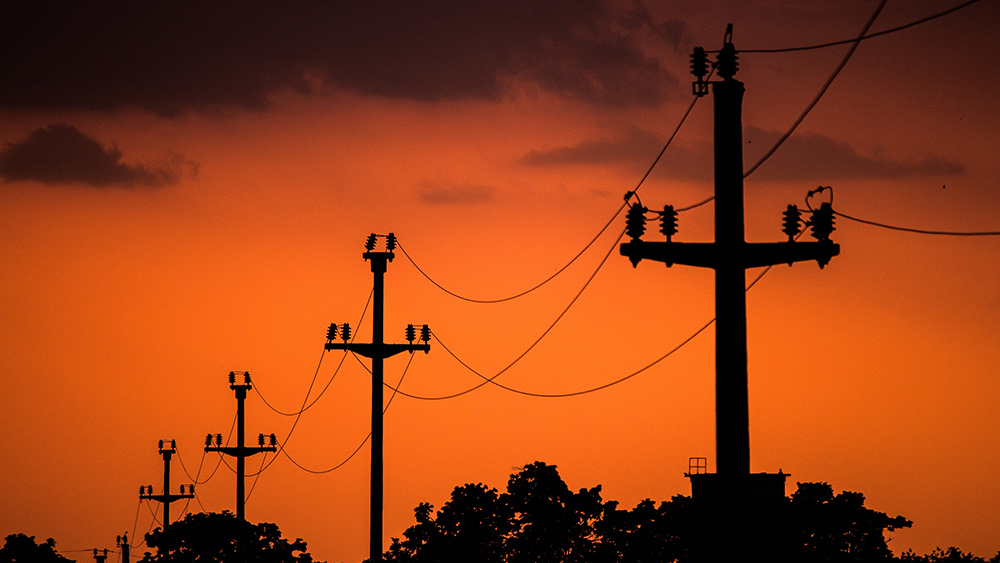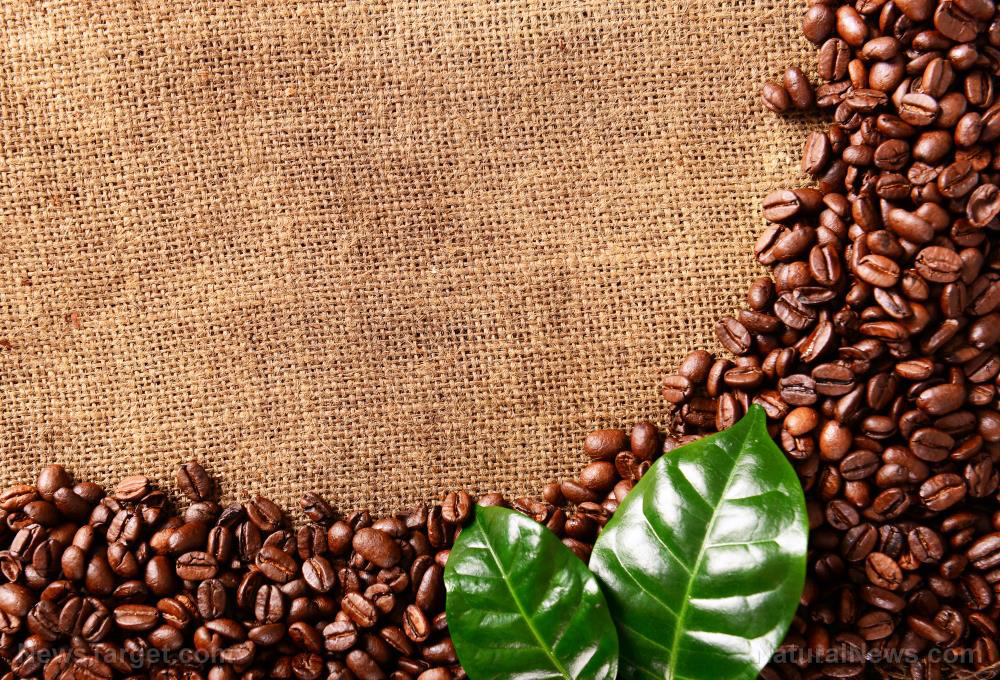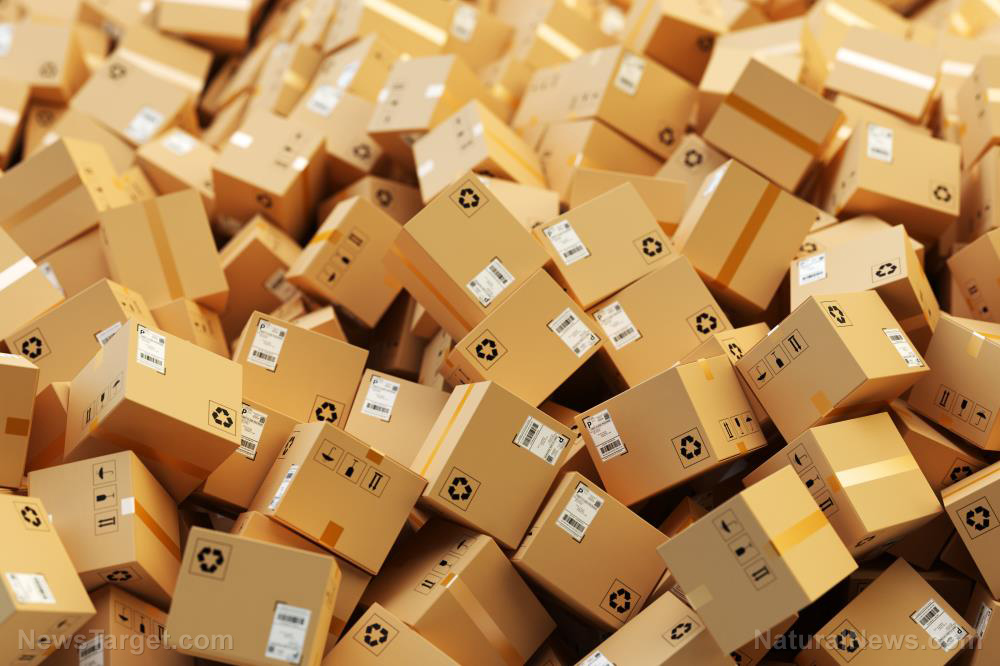Major Florida fertilizer hub took DIRECT HIT by Hurricane Ian, produces HALF the phosphate fertilizer for America
09/29/2022 / By Ethan Huff
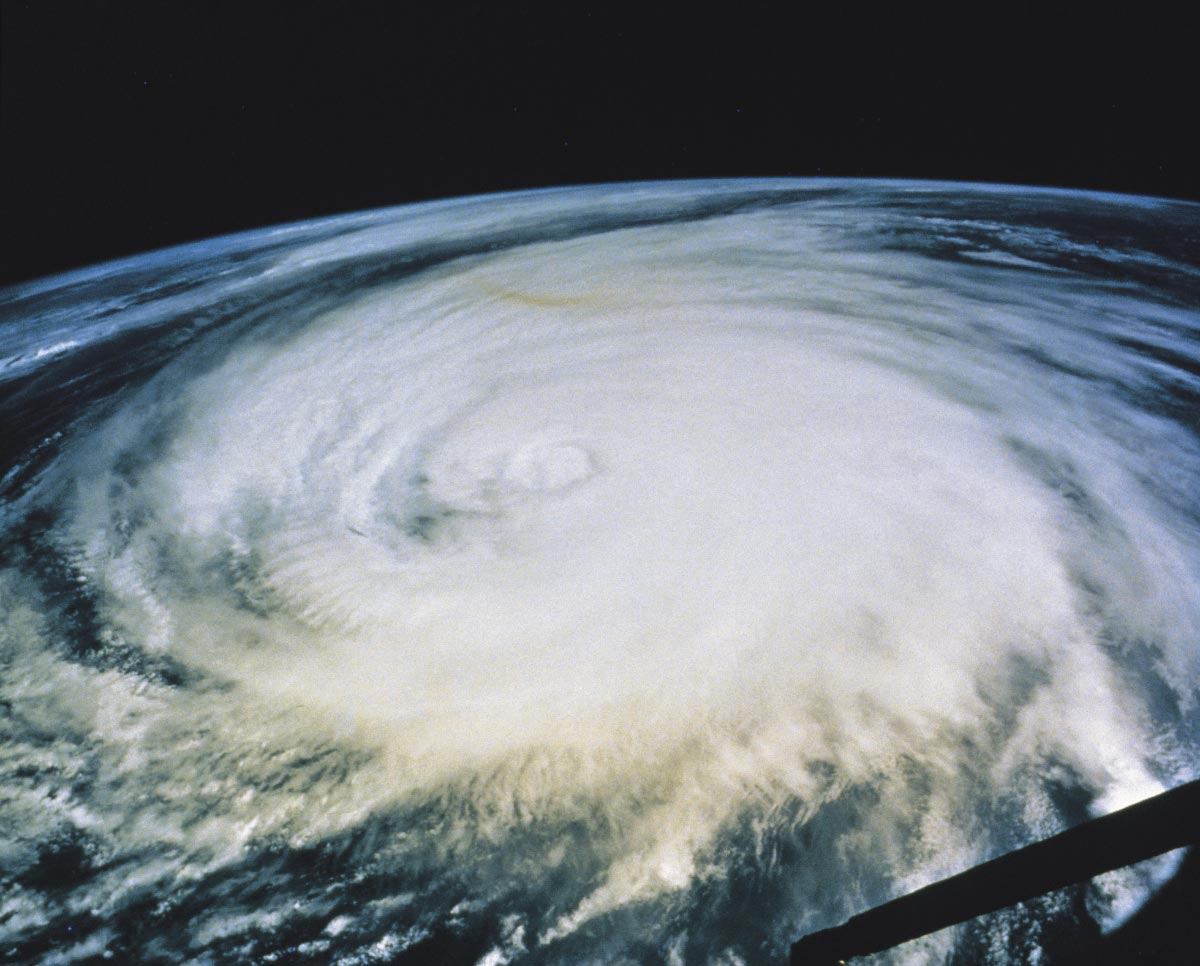
Hurricane Ian is just hours away (as of this writing) from barreling straight through an area of Florida where at least 50 percent of the nation’s phosphate fertilizer supply is mined and produced.
Mosaic Co. operates numerous mines in an area east of Tampa and north-northeast of Fort Myers where the Category 4 hurricane – Ian’s maximum recorded wind speeds were just a few miles per hour (mph) short of reaching Category 5 – made landfall, bringing with it catastrophic damage.
The storm surge alone is reportedly causing catastrophic damage to Sanibel, Englewood, Venice and other areas, not to mention all the heavy winds and rain. And that very same carnage is headed straight for fertilizer alley (though at that point it will admittedly be slightly less severe).
Florida’s fertilizer alley is replete with phosphate rock assets, which are turned into fertilizers such as diammonium phosphate (DAP) and monoammonium phosphate (MAP) – check out the company report to learn more.
Chuck Watson, a disaster modeler with Enki Research, indicated that Mosaic’s New Wales plant is “right in the middle of the damage swatch.” He added that the plant could “be out for weeks,” depending on the level of damage.
With food prices already sky-high and energy issues depleting global fertilizer supplies, this unfortunate new development is nothing short of ominous for the global food supply. (Related: The United Nations is expecting grain production worldwide to plummet by 40 percent due to lack of fertilizer.)
Is America about to join the rest of the world in descending towards famine and starvation?
Mosaic reportedly owns more than half of the 15.86 million metric tons of DAP and MAP production capacity in the United States, a bulk of which is in Florida in the path of Ian.
Back in 2017, Hurricane Irma impacted some of that capacity, reducing Mosaic’s production of phosphate by 400,000 metric tons. Competitor Potash Corp., also located in Florida, was shut down for four days due to Irma.
Ian is shaping up to be just as devastating as Irma – or perhaps worse. Ian will almost certainly be worse than Irma as far as America’s fertilizer production capacity is concerned.
“Fertilizer can make or break crop production,” reports Bloomberg.
“Global food prices have touched records in recent months as inflation ripples through economies and hunger levels rise. The cost of growing food in the U.S. is set to rise by the most ever in 2022 as Russia’s invasion of Ukraine put a huge percentage of the world’s supply at risk.”
A U.S. duty on Russian and Moroccan phosphate producers means that the nation could have to buy expensive imports from elsewhere, should Ian devastate fertilizer alley to the point that production goes offline for an extended period of time.
Up until now, the fertilizer crisis has mostly affected places outside America’s borders. That now appears to be changing, thanks to Ian.
The latest reports reveal that Mosaic evacuated several of its Florida operations in anticipation of Ian’s arrival. All facilities, the company claims, were secured before being abandoned due to the storm.
The affected facilities are expected to remain closed for a least a week after Ian passes, with an expected revenue decrease of between $240 million and $300 million.
Ammonia imports from Yara International and CF Industries at Tampa are also expected to slow, depending on Ian’s aftermath.
“Think the food crisis is bad now? Just wait,” wrote a commenter at Natural News about the fertilizer crisis, which is about to reach new heights thanks to Ian.
“The fertilizer problem will significantly drop crop harvests and that will raise the price and availability of food dramatically starting next year.”
These are deeply troubling and disturbing times. For more of the latest, visit Collapse.news.
Sources for this article include:
Submit a correction >>
Tagged Under:
climate, crops, disaster, environment, fertilizer, Florida, food, food collapse, food supply, harvest, hunger, Hurricane Ian, inflation, mining, mosaic, phosphate, scarcity, supply chain, weather terrorism
This article may contain statements that reflect the opinion of the author
RECENT NEWS & ARTICLES
SupplyChainWarning.com is a fact-based public education website published by SupplyChainWarning.com Features, LLC.
All content copyright © 2021 by SupplyChainWarning.com Features, LLC.
Contact Us with Tips or Corrections
All trademarks, registered trademarks and servicemarks mentioned on this site are the property of their respective owners.


